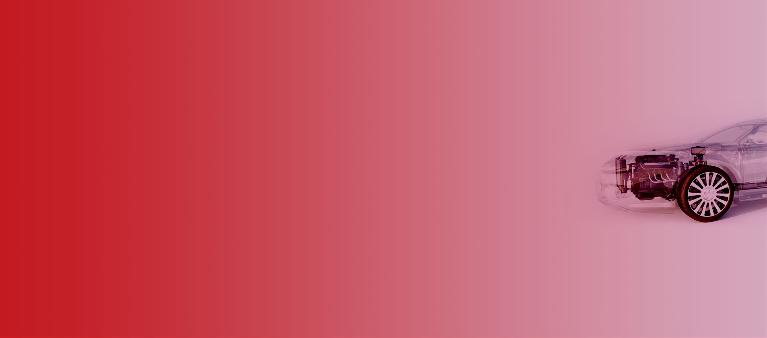Automotive Sector in Transition
![{[downloads[language].preview]}](https://www.rolandberger.com/publications/publication_image/rb_automotive_in_transition_download_preview.jpg)
Carsharing, self-driving vehicles, and alternative propulsion systems are radically altering the automotive ecosystem.


The report "A CEO Agenda for the (R)evolution of the Automotive Ecosystem" issued recently by Roland Berger quantifies the structural changes facing the automotive ecosystem, anticipates in which direction demand would migrate and provides strategic advice for the incumbent players. It shows that alternative propulsion systems, driverless and connected cars as well as the shared economy are all expected to give birth to a disruptive change to automotive industry. It's time for the players to reposition themselves, fundamentally rethink existing structures and find the possible paths to master the transformation in order to adjust to a radically different environment to maintain the competitive advantage.
A Roland Berger simulating scenario is that, by 2030, the providers of electric "robocabs" capable of fully autonomous driving could already seize control of more than one third of the worldwide automotive mobility market. The demand for individually owned cars, the conventional business for incumbent players including auto manufacturers, might decline by almost 30 percentage points. And OEM would see their profits drop by 16 percentage points, OES by 17 percentage points.
It will not be a flying start, but the game players must prepare themselves. They need to have a plan now that reaches well beyond the next product cycle and answers a fundamental question – who will their customers be 15 years from now and what will they need? So far, the emerging markets like China are expected to slow down, bringing greater pressure to carmakers. In the Roland Berger simulating automotive market, archetypes including mobility service providers, device manufacturers, infrastructure players, device component manufacturers and infrastructure component manufacturers are likely to share profits and revenues in a next-generation automotive ecosystem.
In the new framework and new ecosystem, the Roland Berger study highlights 5 transformation paths guiding the incumbents to become competitive players:
From the physical assets to knowledge, connectivity software and service, new players are better prepared than traditional players by light asset and digital technology. If traditional players want to become more agile, they need to break up their organizational structures – from functional silos and "not invented here" to open coopetition and a value-adding ecosystem.
The metropolitan authorities are considering ways to reduce congestion and improve air quality by cutting down individually owned cars on the road. In the past, car manufactories focused on "fun to drive", but efficiency and convenience of day-to-day mobility will be the new paradigm in the automotive ecosystem.
The value add for mobility service providers in the future automotive ecosystem comes from services rather than from products. Based on intelligent services and data science, innovation activities should focus on new apps, intelligent algorithms for big data, and redefined interfaces between various mobility and infrastructure providers.
The transition from product development to manufacturing processes optimization coordinates with the development of mobility service. This is a matter of mechanical engineering rather than of developing features and technique for the car itself.
The core competitiveness of OEM and OES is changing from engineering of physical products to more software, analytics and community building. New businesses will require specialists that are familiar with data ownership, big data, analytics in the context of mobility needs, multi-channel experience, and especially mobile and digital marketing.

![{[downloads[language].preview]}](https://www.rolandberger.com/publications/publication_image/rb_automotive_in_transition_download_preview.jpg)
Carsharing, self-driving vehicles, and alternative propulsion systems are radically altering the automotive ecosystem.